While the Washington, D.C. skyline displays iconic memorials and monuments commemorating some of our great U.S. Presidents, it seems only fitting that an entire island in the Potomac River would be set aside and restored to a near-natural state to honor the 26th President of the United States, Theodore Roosevelt. Afterall, under his tutelage more than 234 million acres of public lands were protected as national parks, forests, monuments and wildlife refuges and the present-day U.S. Forest Service was born.
“I recognize the right and duty of this generation to develop and use the natural resources of our land; but I do not recognize the right to waste them, or to rob, by wasteful use, the generations that come after us.”
Theodore Roosevelt
Theodore Roosevelt Island is an 88.5-acre island predominantly covered with native hardwood trees and shrubs that provides a sense of wilderness within the confines of the nation’s capital. Located in the Potomac River opposite Georgetown and Foggy Bottom and accessible only by the northbound lanes of the George Washington Parkway in Virginia, it was the first living presidential memorial in D.C. It offers 2 ½ miles of trails and a slight respite to visitors from the bustle of the city.
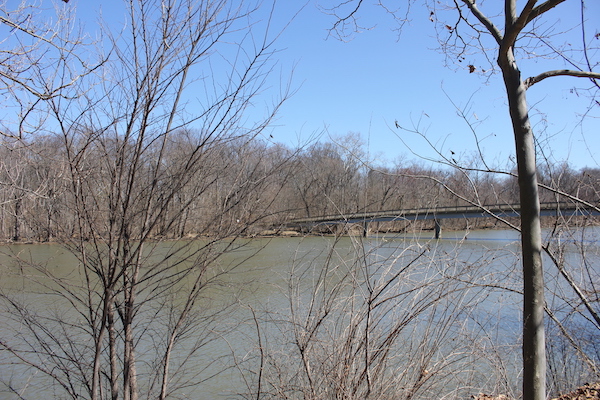
Brief History
The first known inhabitants of the island were the Nacotchtank Indians in 1668, who called the island “Anacostine” and used it for fishing and hunting.
Acquired by George Mason III in 1717, the island stayed in that family for more than 100 years and was called “Mason Island.” John Mason, the director and last president of the Patowmack Company (which built the first canal system to circumnavigate the Potomac River), built an estate and extensive garden of exotic plants on the island, but vacated it in 1833 for financial reasons and from unhealthy vapors created by stagnant waters. (For more about hiking the Patowmack Canal, see my related story here.)
The island lay vacant until the Civil War, when it was used as barracks and a staging ground for the 1st U.S. Colored Troops. In 1864, following the Emancipation Proclamation, it was converted into a temporary encampment for freed slave families.
The Washington Gas & Light Company purchased the island in 1913 to build a project that proved too expensive, so it was sold to the Theodore Roosevelt Memorial Association in 1931. Plans commenced to establish a memorial to President Roosevelt, starting with razing the remains of the Mason mansion and removing the non-native plants. However, funding for a memorial wouldn’t be authorized for another 30 years.
Not Without Controversy
President Roosevelt’s eldest daughter, Alice Roosevelt Longworth, was among those who criticized the design of a memorial plaza, believing that it would take away from the natural scenery. She went as far as to call it a “desecration” of her father’s memory.
“That lovely, wild island should be left just as it is — it’s a splendid memorial to my father.”
Alice Roosevelt Longworth, in opposition to a memorial plaza on TRI
Adding to the debate, original plans called for the memorial plaza to be located at the south end of the island, with scenic views of the Lincoln Memorial and other D.C. sites. However, this changed following the controversial decision to build a highway bridge — ultimately christened the Theodore Roosevelt Bridge — across the river at that point, obstructing those views.
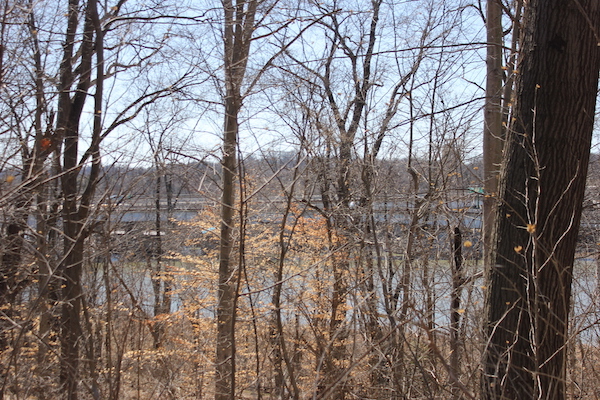
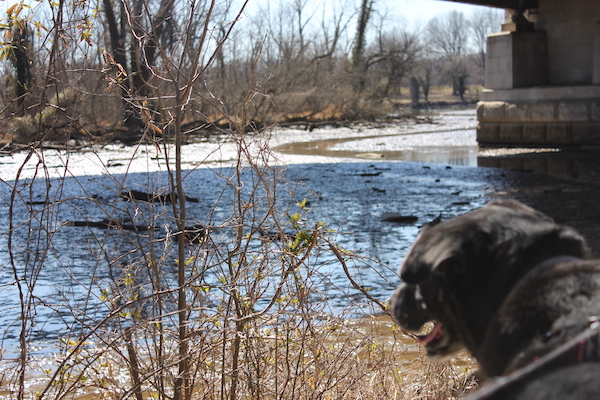
The current memorial plaza was finally dedicated on Roosevelt’s birthday, October 27, 1967, by President Lyndon B. Johnson. It includes a 17-foot bronze statue of Roosevelt by Paul Manship and a plaza featuring two fountains, a moat, ornamental bridges and four 21-foot granite tablets with Roosevelt’s thoughts on Nature, Youth, Manhood and the State. Unfortunately, the fountains have been dry for several years due to damaged grates and a lack of federal funding to fix them.
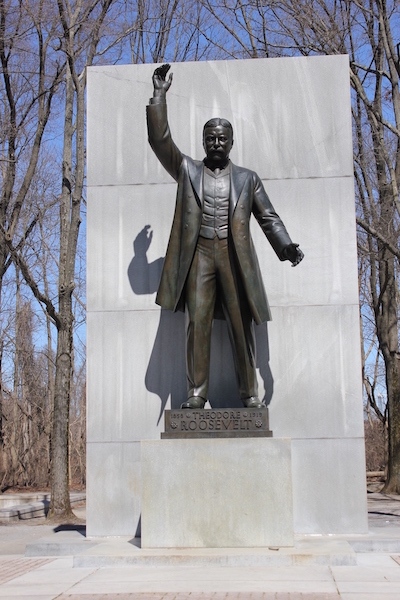
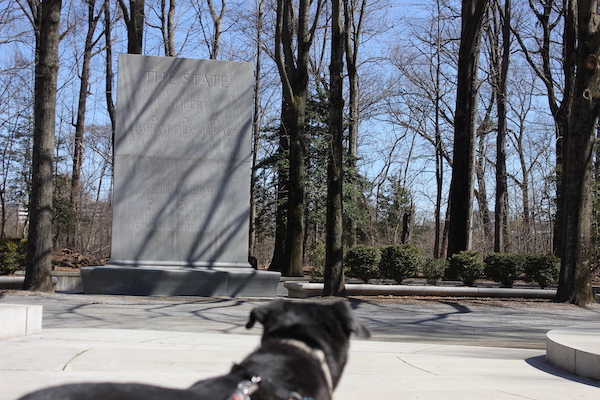
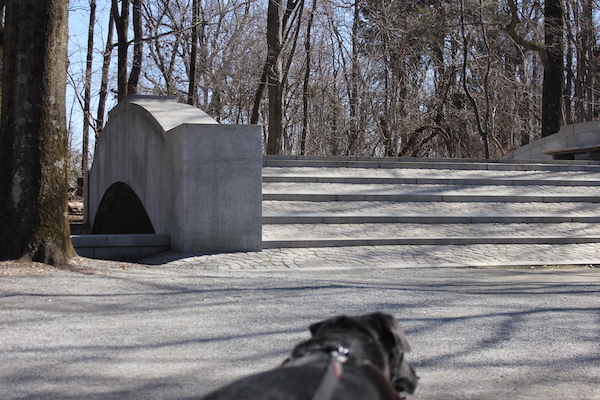
The Roosevelts’ Dogs and Other White House Pets

Not to allow dogs on the island likely would have been an affront to the President and his family, so of course they are allowed, as long as they are leashed.
The Roosevelts were animal lovers. President Roosevelt had six children and more animals than the White House had ever seen or has seen since, which ranged from typical domestic dogs, cats and horses to exotic pets.
“There is no home in Washington so full of pets of high and low degree as the White House, and those pets not only occupy the attention of the children, but the president is himself their good friend, and has a personal interest in every one of them.”
The Washington Evening Star, 1908
Among the pets that lived in the White House during the Teddy Roosevelt administration:
- While in Kansas on a railroad tour of the American West, the President was gifted a two-week old badger from a 12-year-old girl named Pearl. The badger, who the President named Josiah, was fairly good natured and was a favorite to his children for quite awhile. Unfortunately the bustle of the Whitle House proved too much for Josiah as he got older and they found him a home in the Bronx Zoo. But the Roosevelt family visited frequently to ensure that the badger didn’t feel abandoned.
- Emily Spinach, a garter snake “as green as spinach and as thin as my Aunt Emily,” was the pet of Roosevelt’s eldest daughter Alice, who liked to carry the snake in her pocket and pull her out at unexpected moments.
- Algonquin, a Shetland Pony, was a gift to the President’s fifth child Archie from Interior Secretary Ethan Allen Hitchcock. When young Archie was recovering from the measles, his mother denied his request to visit the stables to see his beloved pony. Alas, brothers Kermit and Quention brought the pony up the White House elevator to Archie’s room. Apparently Algonquin was so captivated by his reflection in the elevator mirror that it was hard to get him off of it.
- Teddy, Jr. had a Hyacinth Macaw, named Eli Yale who lived in the greenhouse. The greenhouse was later torn down to make room for the West Wing, which now houses the Oval Office.
- There were multiple dogs, including a St. Bernard, a Chesapeake Bay Retriever, a mutt, a Pekingnese gifted to Alice from the last empress of China, and son Kermit’s Manchester Terrier named Jack, who was such a favorite of Mrs. Roosevelt’s that she had his coffin exhumed from the White House lawn before their departure so that his final resting place would be Sagamore Hill, their Long Island estate. Jack was afraid of cats and the Roosevelt’s two cats took pleasure in tormenting him, but Jack was also an expert at ridding the White House of rats.
- Pete, a Bulldog or Bull Terrier, spent a brief time in the White House before he was ultimately sent to live at the Roosevelt’s Sagamore Hill home. The final straw came when Pete chased French Ambassador Jules Jusserand down a corridor and tore out the hind-end of his pants.
- At age 5, Quentin Roosevelt was gifted two white rabbits, which he claimed were “the valuabest kind with pink eyes.” Archie also had a rabbit named Peter.
- There were also two kangaroo rats and a flying squirrel (that the children carried around in shirt pockets and brought to the dinner table), a one-legged rooster, a hyena, a lizard named Bill, 5 guinea pigs (all named), a hen, a barn owl and a small bear named Johnanthan Edwards. It’s unclear whether the bear lived at the White House or in residence while Roosevelt was Vice President. Jonathan Edwards and the hyena eventually found a home at the Bronx Zoo, along with 5 other bears and a zebra that were gifts that never actually lived with the Roosevelts.
Trails
Now for the hiking! There are three trails on the island and you can definitely hit all three trails in the course of an hour or so.
Start with crossing the walkway onto the island. From the footbridge you will have a splendid view of Georgetown and Georgetown University on your left. To the right, you will see the Theodore Roosevelt Bridge, one of the bridges joining D.C. and Virginia.
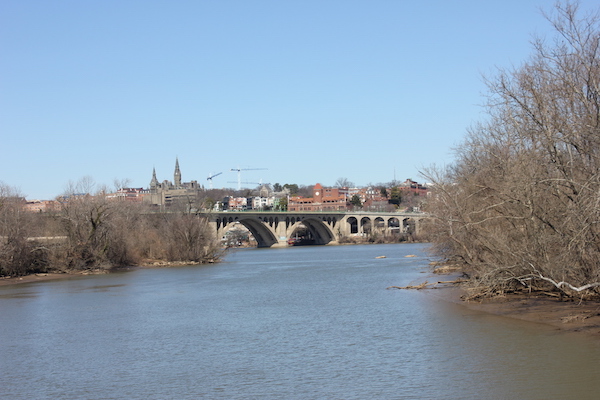
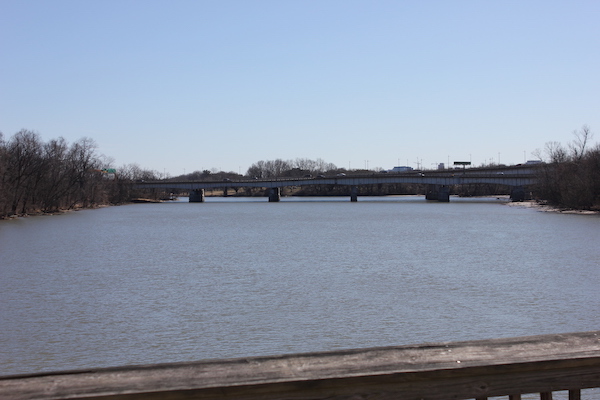
The Swamp Trail
You can take a left or right to follow the Swamp Trail, a 1 ½ mile loop that circles the edge of the island through woods and marsh. It is the longest trail on the island and is comprised of dirt and gravel, with a boardwalk through the swampy area on the far side.
On the north and east sides of the island, you will have views of Georgetown, the Kennedy Center for the Performing Arts and the Washington Monument.
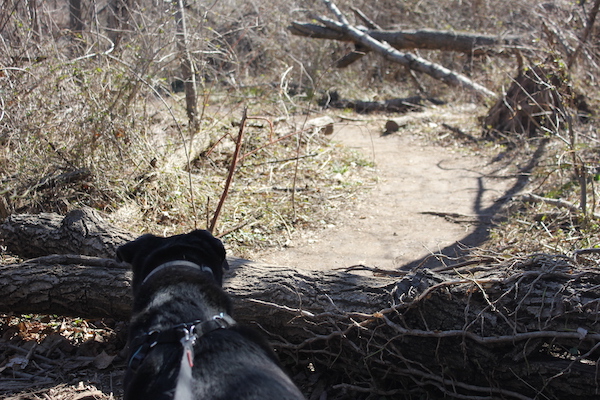
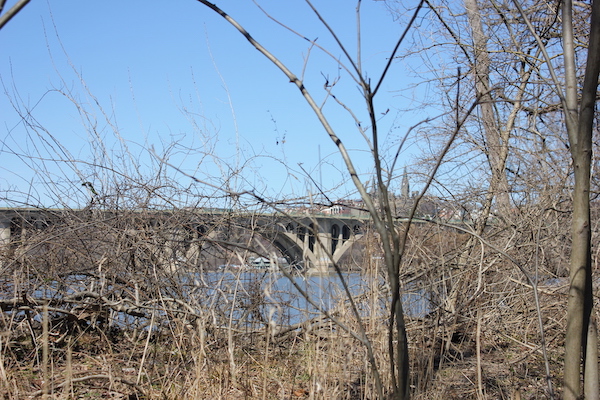
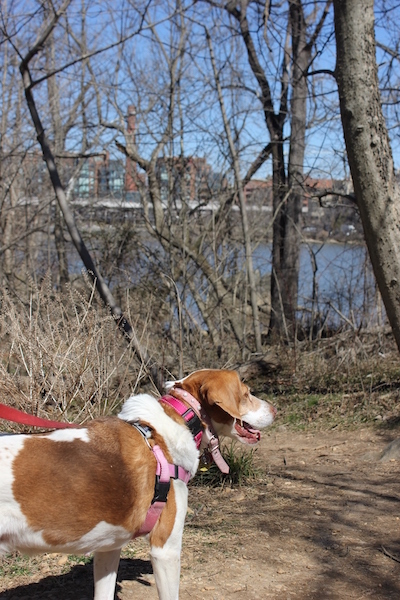
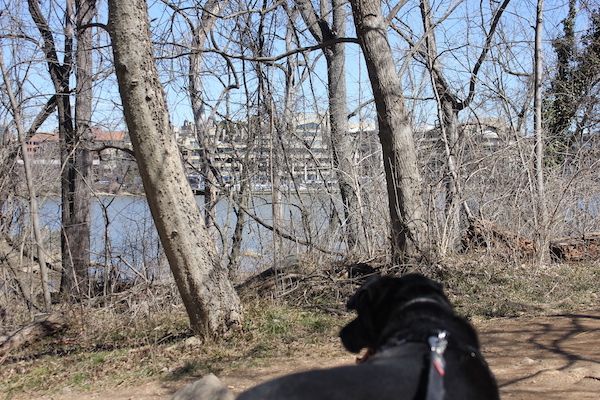
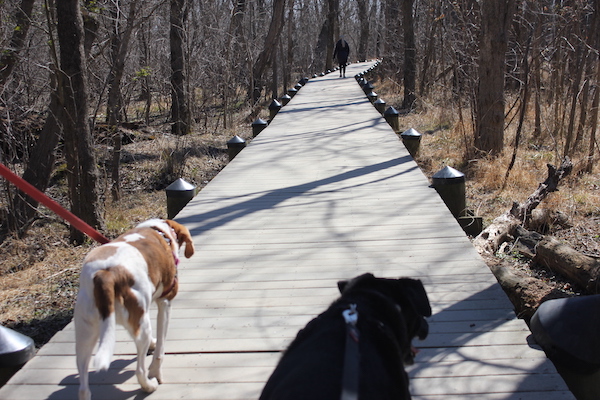
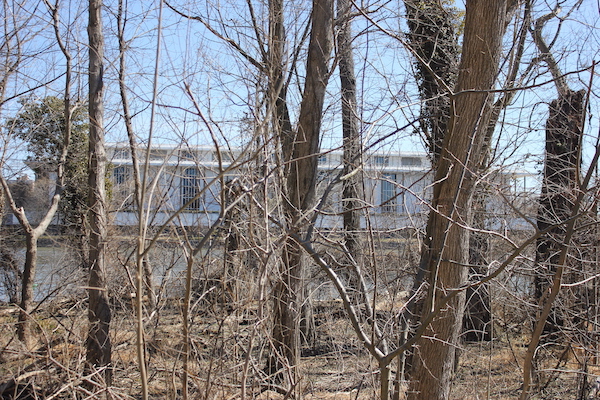
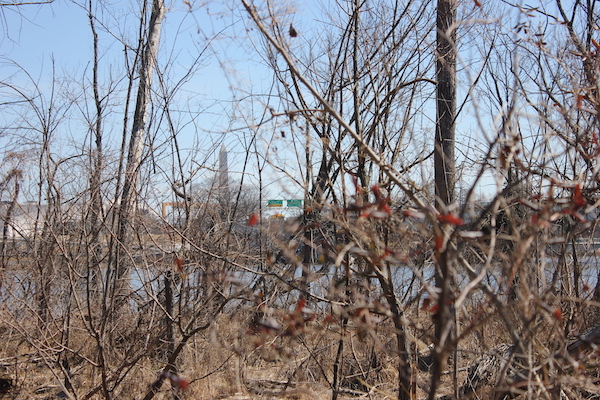
As you round the southern end of the island, you will encounter a marshy area that is a favorite spot for watering birds. TRI is a wonderful place for bird watching and nearly 200 species of birds have been spotted around the island. To download a National Park Service checklist of migratory birds that have been observed on or from the island, click here.
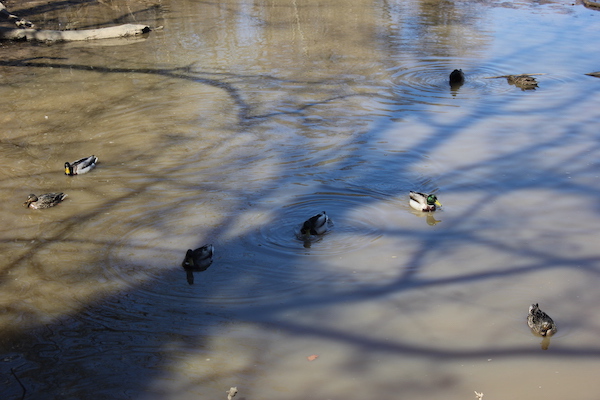
As you make your way up the western side of the island, you will see views of Virginia and then end up back at the starting point, where you can easily find the memorial plaza with the statue of Teddy Roosevelt. Here you can pick up the Woods Trail and Upland Trail.

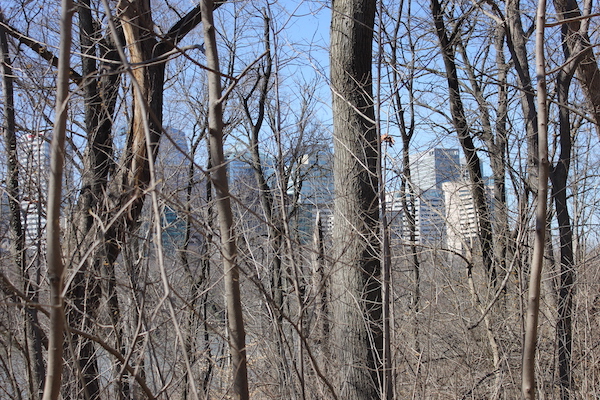
The Woods and Upland Trails
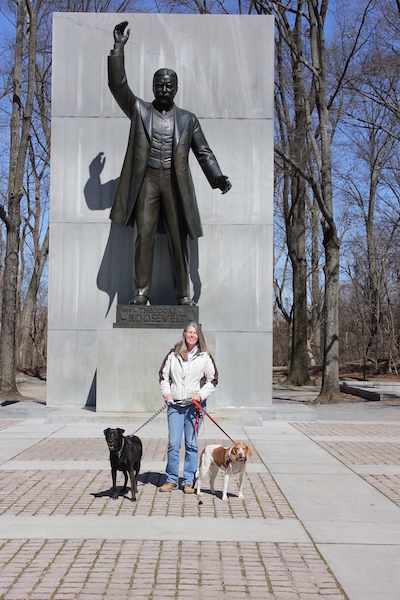
The Woods Trail is a ⅓ mile trail that runs north-south through the middle of the island and through the memorial plaza. It is paved with pea gravel.
The Upland Trail is a ¾-mile trail that runs the length of the island and passes through woods and loops around the former site of the Mason mansion.
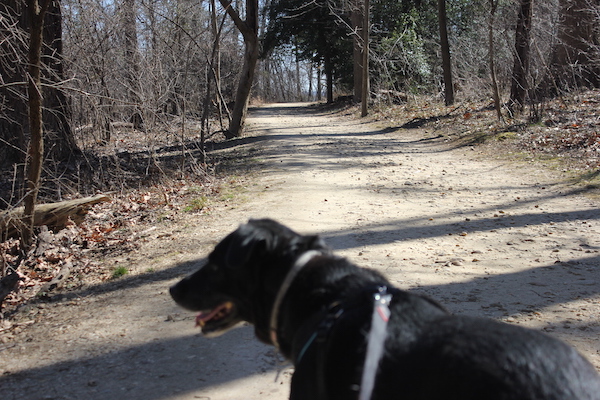
About This Hike:
Distance: There are approximately 2 ½ miles of trails to explore on the island. Visit website and online map here. Download a brochure and trail map here.
Difficulty of today’s hike: Easy.
Trailhead: Located on the George Washington Memorial Parkway, northbound lanes between the Roosevelt Bridge and Key Bridge, Arlington, VA.
Admission Fee: None.
Facilities: Restrooms available during season. (Check availability during COVID.) No picnic tables, although there are lots of places to sit at the memorial plaza.
Notable: No bicycles or vehicles are allowed on the island. Parking is free, although the lot can be crowded on nice days during peak season. The parking lot is available for those visiting TRI and the popular Mount Vernon and Potomac Heritage Trails.

0 Comments